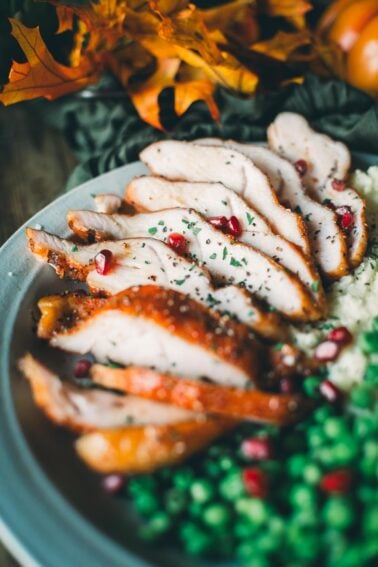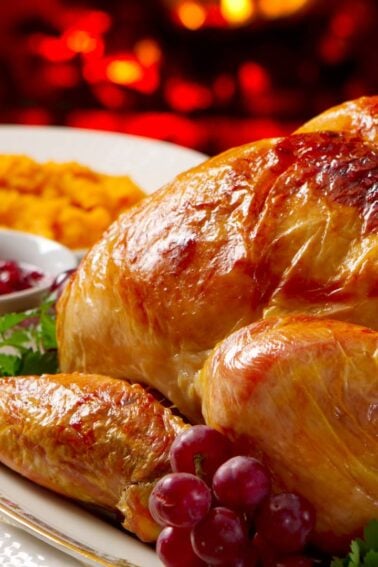Grain direction might seem trivial, but it significantly affects the quality of your food slices. Whether you’re preparing a steak or slicing a chicken breast, ignoring the grain can lead to disappointing results. Understanding these effects can elevate your culinary skills and help you avoid common pitfalls.
1. Altered Texture and Mouthfeel

When slicing against the grain, the texture of your food can become undesirable. For instance, cutting meat along the grain can result in chewy and tough slices, making your dining experience less enjoyable. By cutting against the grain, you shorten the muscle fibers, which helps maintain a tender and pleasant mouthfeel especially important for tougher cuts like flank steak. This principle is not limited to meats. Even slicing bread the wrong way can alter its texture. For the best results, always ensure you’re cutting against the grain. For some helpful tips, check out these slicing tips.
2. Uneven Cooking and Moisture Retention

Slicing with the grain can also affect how your food cooks. Uneven slices can lead to parts of your meat being overcooked while others remain undercooked. This is particularly true for thicker cuts, where consistent cooking is crucial for optimal taste and texture.Moreover, grain direction can influence moisture retention. Slicing against the grain allows juices to be more evenly distributed, keeping your food moist. To ensure even cooking and moisture retention, pay close attention to how you slice your ingredients.
3. Compromised Structural Integrity

Ignoring the grain direction can also compromise the structural integrity of your food. When preparing dishes like sandwiches or sushi, slicing along the grain can cause the slices to fall apart, making it difficult to maintain the desired shape and form.This is especially important in professional settings where presentation matters. For instance, in sushi making, chefs meticulously cut fish against the grain to ensure each piece maintains its shape. If you’re curious about food prep secrets, read more here.
4. Flawed Presentation and Aesthetic

Presentation is key in culinary arts, and slicing with the grain can ruin the aesthetic of your dish. For example, slicing a roast along the grain can result in uneven, ragged edges that detract from its visual appeal. For a polished look, cut against the grain to achieve clean, uniform slices. This approach not only enhances the visual appeal of your dish but also ensures that each piece is consistent in size and texture, providing a more professional finish.
5. Impact on Flavor Distribution

Finally, the direction of your slice can impact flavor distribution. Slicing with the grain can prevent flavors from being evenly distributed throughout the dish, leading to an inconsistent taste experience. This is particularly noticeable in marinated meats, where even flavor distribution is essential. Cutting against the grain helps the marinade permeate the meat, ensuring that each bite is flavorful. To learn more about the science of food preparation, explore this comprehensive study on the subject.
Hungry for more? Subscribe to our newsletter and become part of the world’s best meat community! From grilling tips to smoky secrets, we send you the best recipes, guides, and expert advice to master every cut.













